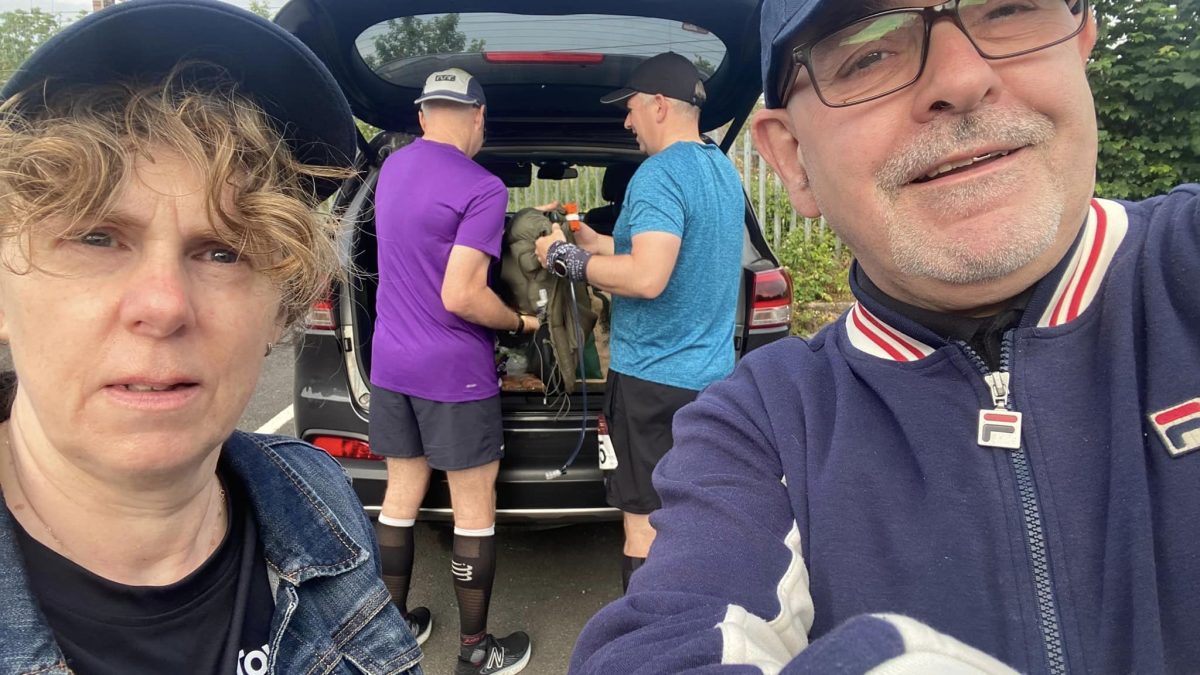I was looking at Huseyin Djemil’s Linked In page earlier today and realised what a varied career in the field he has had working in the field over the years. In fact, there can be few people who have had such a varied career—Arrest Referral Worker, DAT and DAAT coordinator, CEO of a residential rehab, Director of his own consultancy company (Green Apple Consulting), Trustee and Chair of Trustees, and now Head of a Drug & Alcohol Service.
And, of course, Huseyin is Founder of Towards Recovery, a recovery community based in Henley-on-Thames. That’s a lot of different forms of experience, which would give him a great deal of insight into a variety of aspects of the addiction treatment system, as well as what is required to facilitate recovery.
In the film below, Huseyin describes some of his experience in one other job he had that I have yet to mention, that of London Area Drug Strategy Coordinator for HM Prison Service.
Prison Detox Unit [6’18”]
When he worked as Drug Strategy Co-ordinator for the seven London Prisons, Huseyin was asked to review the detox unit at Wormwood Scrubs prison. He found awful conditions in the unit and made a number of recommendations for improvement which were taken up by the prison. Huseyin describes the resulting 55-bed Conibeere Detoxification Unit, which had the highest of standards and helped inmates get off drugs and feel much better about themselves.
When a prominent MP came to open the unit, he was almost in tears. He explained to Huseyin that his son had been in prison and didn’t get any help when he got out. He then died. Huseyin could see that the MP was thinking, ‘if only this sort of place had been available for my son.’
Huseyin hoped that the unit would be copied by other prisons. Instead, the government brought in the Integrated Drug Treatment System (IDTS), which involved creating an equivalence of care between the prison service and community. Methadone maintenance became more the norm, rather than clinical detoxes, in the prison. Rather than helping inmates find a path to recovery, the ethos was all about risk, and stopping death, both inside and outside prisons.



